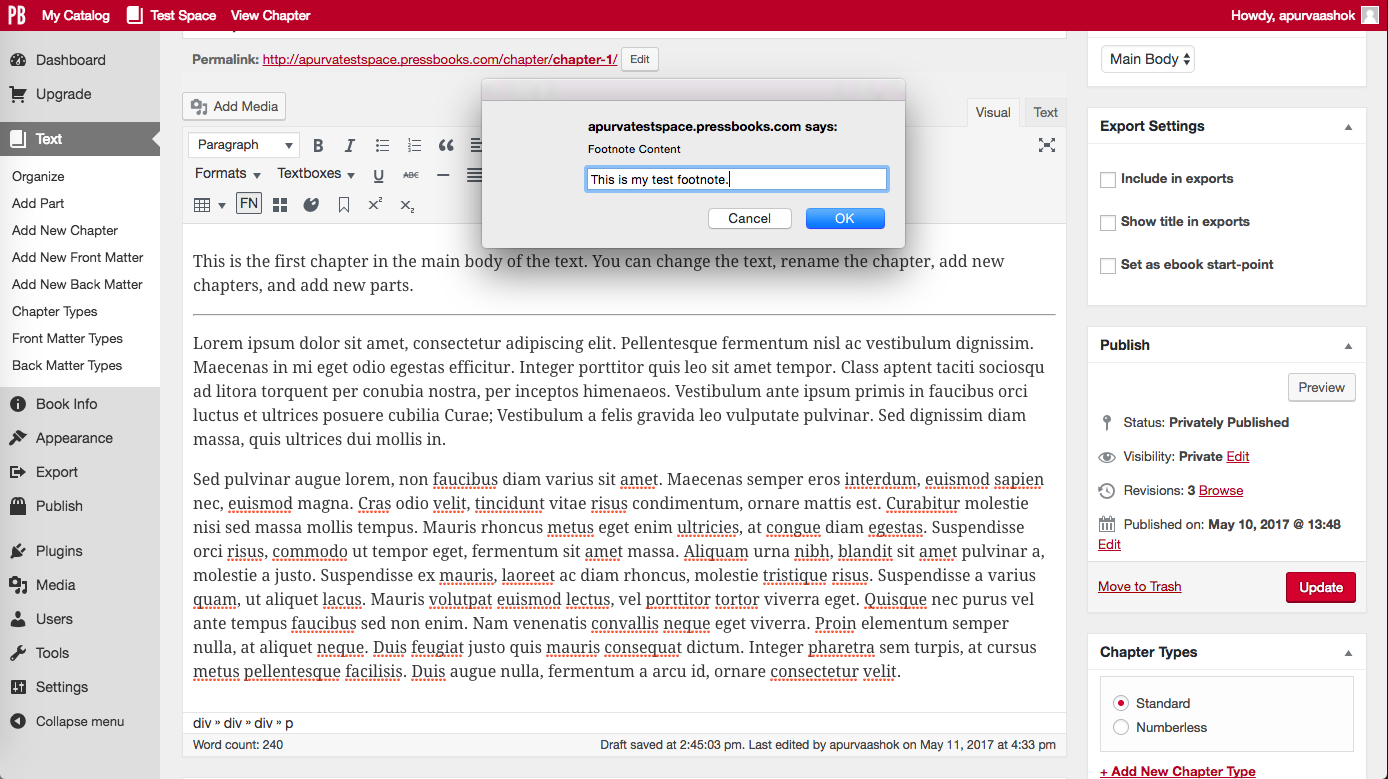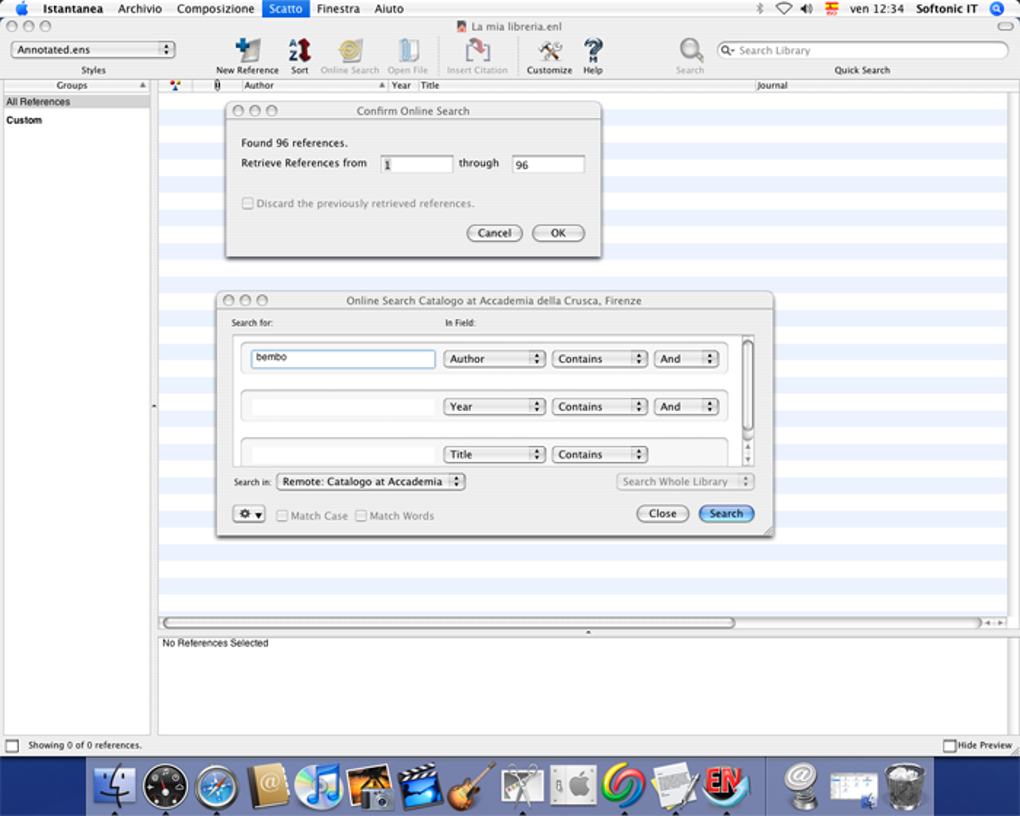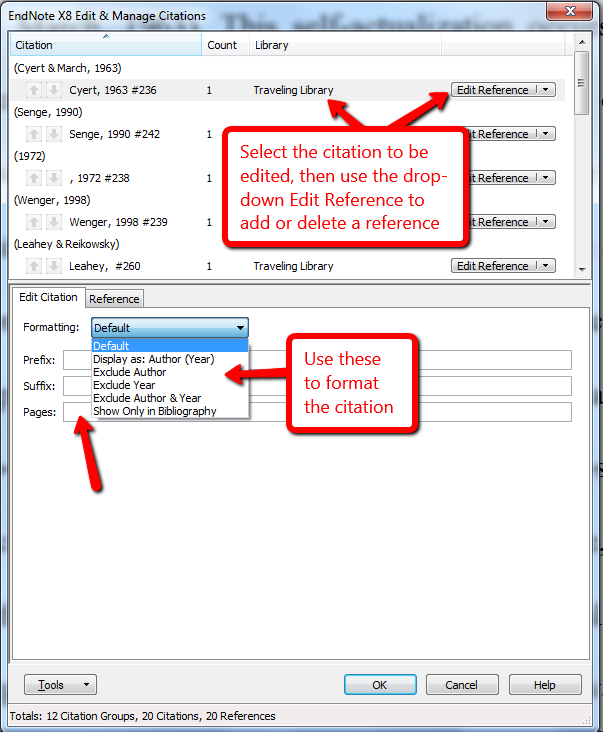
Journal of the Medical Library Association. et al De-duplication of database search results for systematic reviews in EndNote (link opens in new window). Author, Year, Title, Secondary Title, Volumeīramer, W.M.Our recommended deduplication pattern is:


Keep an eye out for anonymous papers - without an author field there may be false positives. This will move the duplicates into the trash.
Click and hold over one of the highlighted papers, and drag into the trash. Cancel the Find Duplicates window that opens to see the full list of duplicates in the library. In the Library menu, select Find Duplicates. Select the fields to be compared, then click Apply. From the Edit menu select Preferences, then Duplicates. The accuracy of duplicate removal can be improved by working through a series of different combinations of fields to compare. This is particularly useful if a number of different databases have been searched, for example in a literature or systematic review. There are lots of video guides, on the EndNote YouTube channel, but here's one to get you started which takes you through the key features of EndNote in 7 minutes:Įndnote can be used to help remove duplicate references. The following guides are available from the Medical Library:Ī useful set of guides is available from EndNote. It takes a lot of the hard work out of formatting references, leaving you more time for writing and less time stressing about the punctuation. 
Share your Endnote library with other researchers.Back up your Endnote library using Endnote Online.
 Insert references into Word and PowerPoint. Organise your sources using groups, tags, and filters. Collaborate with other researchers online. Create and manage citations of books, articles, videos, and more. EndNote is a reference manager that can help you organise your research and collaborate with others online.
Insert references into Word and PowerPoint. Organise your sources using groups, tags, and filters. Collaborate with other researchers online. Create and manage citations of books, articles, videos, and more. EndNote is a reference manager that can help you organise your research and collaborate with others online.








 0 kommentar(er)
0 kommentar(er)
